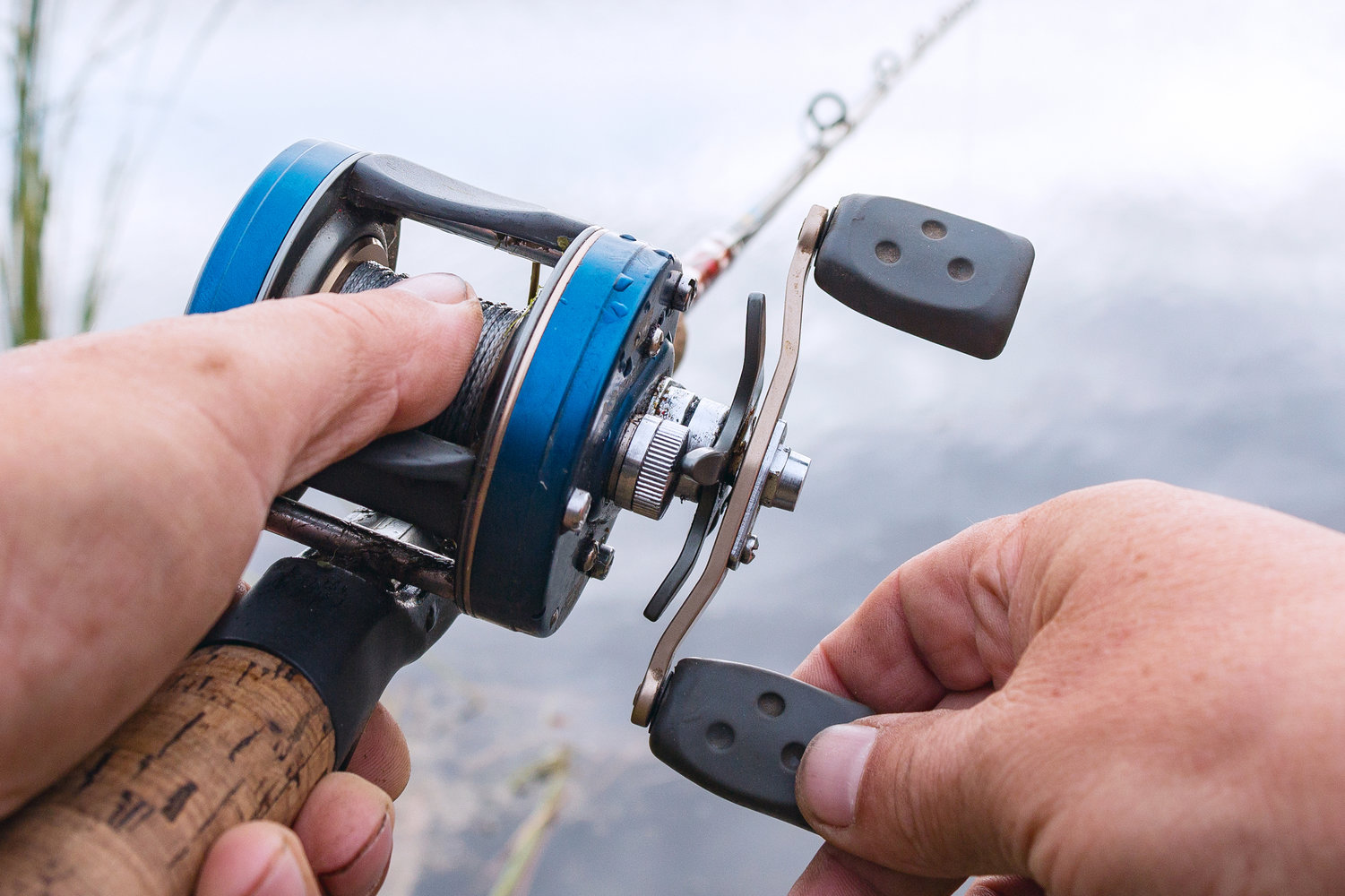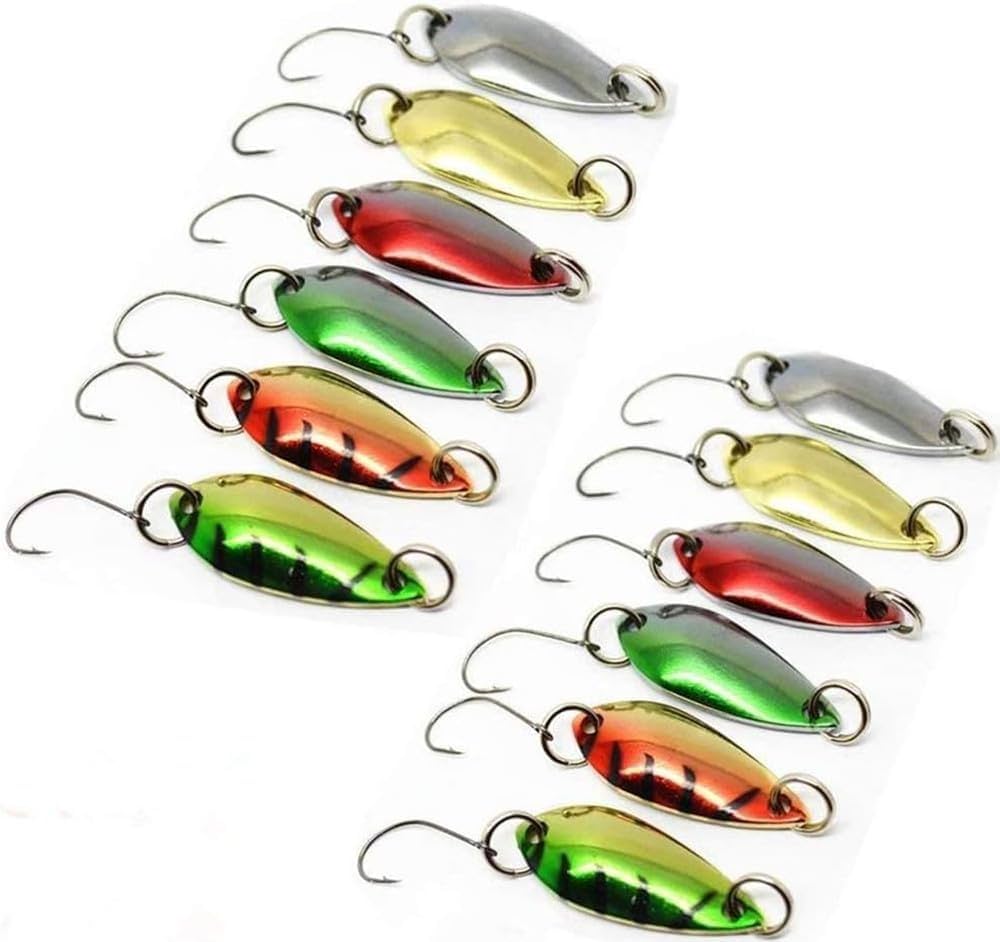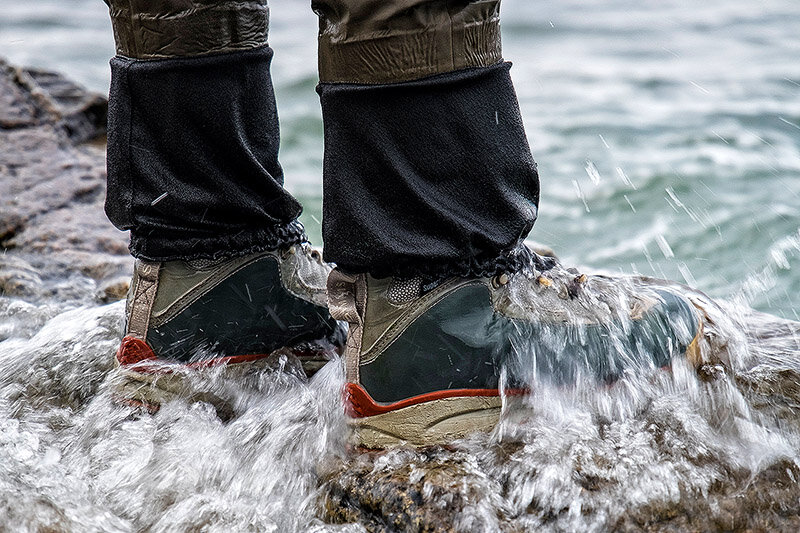Salmon fishing is a thrilling and rewarding activity, but to maximize your success, it’s crucial to have the right equipment. Whether you’re fishing in freshwater rivers or coastal waters, setting up your gear properly will enhance your ability to land these powerful fish. This guide covers everything you need to know about the essential equipment setup for salmon catching, including rods, reels, lines, terminal tackle, and more.
Table of Contents
ToggleRods
Choosing the right rod is the foundation of a successful salmon fishing setup. Different types of rods cater to specific techniques and environments.
Baitcasting Rods
Baitcasting rods are a popular choice for salmon fishing, especially when drift fishing in rivers. These rods provide excellent control and power, allowing you to handle strong currents and large fish. A typical baitcasting rod for salmon fishing is between 10 to 12 feet long. This length offers the leverage needed to fight against the current and handle the powerful runs of salmon. When selecting a rod, opt for a medium-heavy to heavy power rating, as this ensures the rod can handle the weight and resistance of both the fish and the terminal tackle
Spinning Rods
Spinning rods are versatile and user-friendly, making them a great choice for various salmon fishing scenarios. These rods typically range from 8 to 10 feet in length and are medium to medium-heavy in power. The versatility of spinning rods makes them suitable for techniques such as casting lures, float fishing, and light trolling. Their design also allows for easy handling, which is ideal for anglers who may not have experience with baitcasting gear

Fly Rods
For those who enjoy fly fishing, selecting the right fly rod is key to success in salmon fishing. A fly rod for salmon should generally be in the 8 to 10 weight range, which provides the strength needed to cast larger flies and manage powerful fish. The length of the rod should be around 9 to 10 feet, offering a good balance between casting distance and control. Fast action rods are particularly effective for salmon fishing, as they allow for longer casts and better hook sets
Reels
The reel you choose must match the power and performance required to handle salmon. Each type of reel offers specific advantages depending on the fishing technique used.
Baitcasting Reels
Baitcasting reels are favored in salmon fishing for their precision and control, especially in drift fishing and trolling. When choosing a baitcasting reel, look for one with a large line capacity, such as the 5500-6500 series. These reels are designed to hold enough line to handle long runs and deep-water fishing. Additionally, a strong drag system is essential, as it allows you to adjust the resistance and prevent line breakage when a salmon makes a powerful run

Spinning Reels
Spinning reels are a versatile option, particularly when paired with spinning rods. A 4000 series spinning reel is typically ideal for salmon fishing. These reels offer a smooth drag system, which is crucial for fighting salmon, and are designed to accommodate medium to heavy lines. Spinning reels are also easier to cast, making them a great choice for anglers who are new to salmon fishing or who prefer a more straightforward setup
Fly Reels
Fly reels used in salmon fishing should match the rod weight, usually in the 8 to 10 weight range. A large arbor design is preferred, as it allows for faster line retrieval and accommodates more backing, which is important when a salmon makes long runs. The drag system on a fly reel should be robust and smooth, ensuring you can manage the powerful bursts of energy that salmon are known for
Fishing Line
The type of fishing line you use plays a critical role in your success, influencing everything from casting distance to hook-setting power.
Braid
Braided line is a popular choice for salmon fishing due to its strength and low stretch, which provides better sensitivity and stronger hook sets. A 30-50 lb test braid is commonly used, as it offers the durability needed to handle big fish in strong currents. Braid is particularly effective when paired with baitcasting and spinning setups, as it allows for better control and increased line capacity on the reel
Monofilament
Monofilament line is another option, particularly favored for its ease of use and forgiving nature. A 12-20 lb test monofilament line is suitable for most salmon fishing situations. Monofilament has more stretch than braid, which can be beneficial when fighting a fish, as it absorbs sudden shocks. It’s also less visible in the water, making it a good choice in clear water conditions
Fly Line
Fly line selection is critical for fly fishing. Your fly line should match the weight of your rod and reel, typically in the 8-10 weight range for salmon. Depending on the fishing conditions, you may choose between a floating line, which is useful for fishing on the surface or shallow waters, and a sink-tip line, which is ideal for deeper water or faster currents

Terminal Tackle
Your terminal tackle setup directly affects your ability to hook and land salmon. Each component should be chosen based on the fishing technique and environment.
Hooks
Hooks are an essential part of your terminal tackle. For salmon fishing, hook sizes generally range from 1/0 to 6, depending on the size of the bait or lure being used. Octopus hooks are particularly popular due to their strength and shape, which provide better hook sets in the tough mouths of salmon. These hooks are often used in bait fishing setups
Weights
Weights are used to control the depth of your bait or lure. Common types of weights include split shots, pencil leads, and slinkies. The choice of weight depends on the fishing conditions, such as the current speed and depth of water. In drift fishing, for instance, pencil leads are often used to keep the bait near the bottom where salmon are likely to be
Swivels
Swivels are an important but often overlooked component of salmon fishing tackle. They prevent line twist, which can occur when using spinning lures or when a salmon makes a series of spins and turns during the fight. Barrel swivels and three-way swivels are commonly used, providing both flexibility and strength. They also allow for easy changing of leaders and other tackle components
Lures and Baits
The right lures and baits can make all the difference in attracting salmon. These should be selected based on water conditions and salmon behavior.
Spoons and Spinners
Spoons and spinners are classic lures for salmon fishing, known for their ability to mimic baitfish and trigger strikes. Common colors include silver, copper, blue, pink, and chartreuse, with the choice depending on the water clarity and light conditions. These lures are effective in a variety of environments, from rivers to coastal waters, and can be used with both spinning and baitcasting setups

Jigs and Plugs
Jigs and plugs are particularly effective for targeting aggressive salmon in deeper waters. Jigs, often tipped with bait, can be bounced along the bottom, while plugs can be trolled or cast and retrieved to provoke strikes. These lures are designed to imitate the movement of prey, making them irresistible to predatory salmon
Natural Baits
Natural baits, such as salmon eggs, beads, shrimp, and worms, are highly effective, especially when salmon are feeding heavily. These baits can be used in various setups, such as drift rigs or under floats. The key to using natural bait is to present it in a way that mimics its natural movement in the water, increasing the chances of a bite
Additional Gear
Beyond rods, reels, and tackle, having the right additional gear is crucial for a successful salmon fishing experience.
Floats/Bobbers
Floats or bobbers are used to suspend bait at a specific depth, making them essential for float fishing. Teardrop and cigar-shaped floats are common choices, and they can be paired with bobber stoppers for precise depth control. This setup is particularly effective in slower-moving waters where salmon are holding at specific depths.
Waders and Wading Boots
Wading gear is essential for salmon fishing in rivers and streams, providing mobility and protection in cold water. High-quality waders, made from breathable and durable materials, keep you dry and comfortable during long hours in the water. Wading boots with good traction are also important, as they help you navigate slippery rocks and uneven riverbeds

Net
A strong, large, rubberized net is crucial for safely landing salmon. The rubberized material prevents damaging the fish’s scales and reduces the risk of hooks getting tangled in the net. The size of the net should be large enough to accommodate the size of salmon you expect to catch, ensuring you can land the fish quickly and efficiently
Setting up your equipment correctly is a vital step toward successful salmon fishing. By carefully selecting the right rods, reels, lines, and terminal tackle, and ensuring you have the necessary additional gear, you can increase your chances of landing these powerful fish. Whether you’re a seasoned angler or new to salmon fishing, this guide provides the essential information needed to gear up effectively and enjoy the excitement and challenge of salmon fishing.

Robert Smith is the proud owner of Bait Barrels and Bows, a premier fishing sports store established in 1989. With over three decades of experience in the industry, Robert has honed his skills to become an expert angler, sharing his vast knowledge and passion for fishing with enthusiasts around the world. Through his store and writings, Robert provides invaluable tips and guidance, helping both novice and seasoned anglers improve their techniques and enjoy the sport to its fullest. His commitment to the fishing community is evident in his dedication to quality products and excellent customer service.

